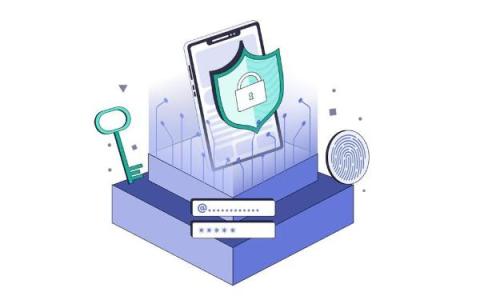What is Application Security Posture Management
Application security posture management (ASPM) is a key component in ensuring the security of applications in today's digital landscape. As organizations increasingly rely on processes to operate efficiently, the importance of securing these applications cannot be overstated. ASPM helps companies understand the security state of their applications by providing a comprehensive overview of potential vulnerabilities, threats, and areas that need improvement. In this article, we will explore what ASPM is, why it is needed, the features of ASPM solutions, leading vendors, how to implement ASPM, and emerging trends in the field.











